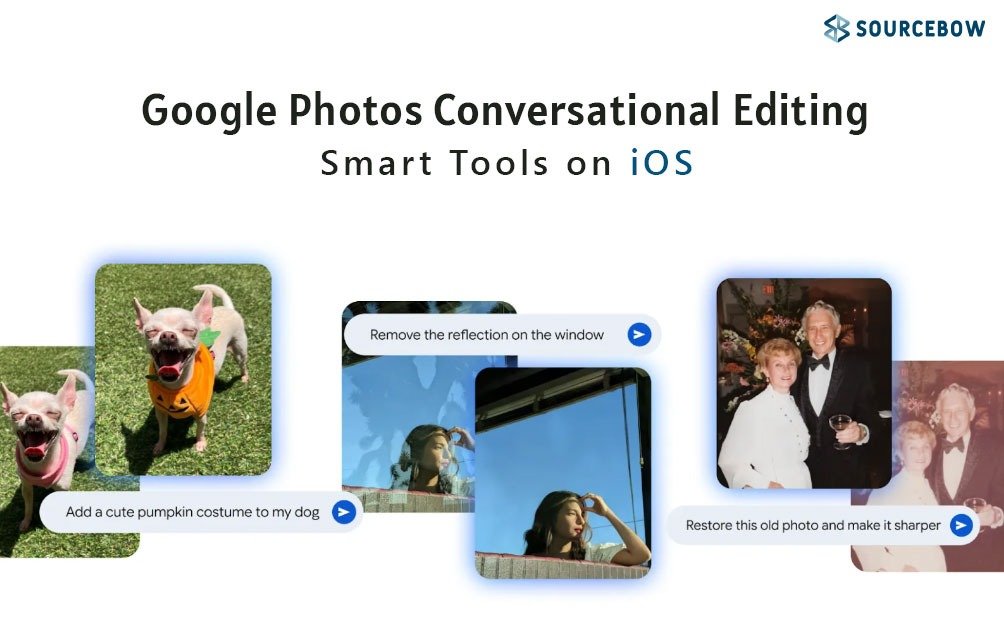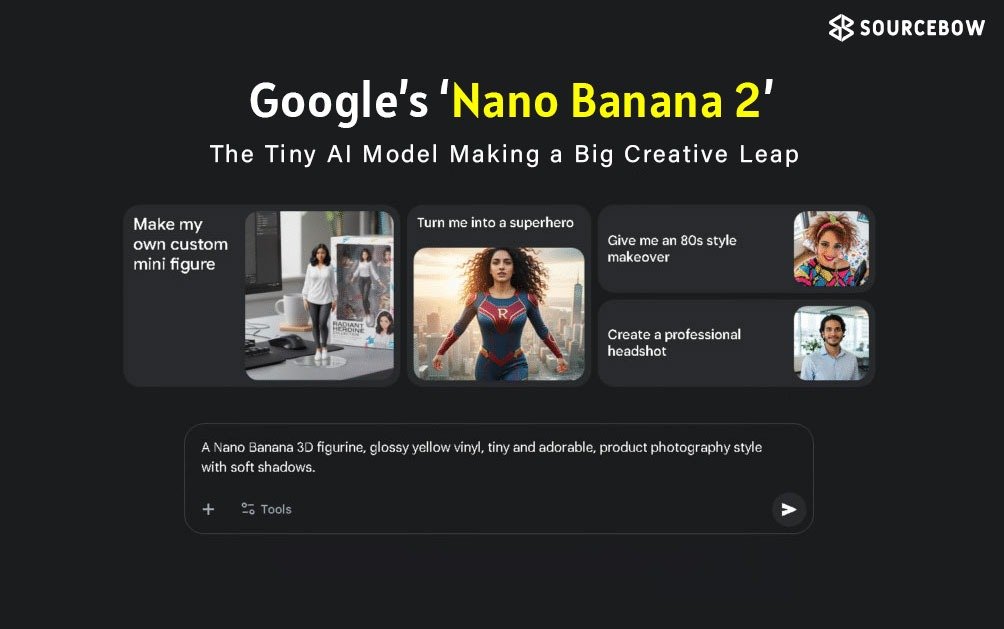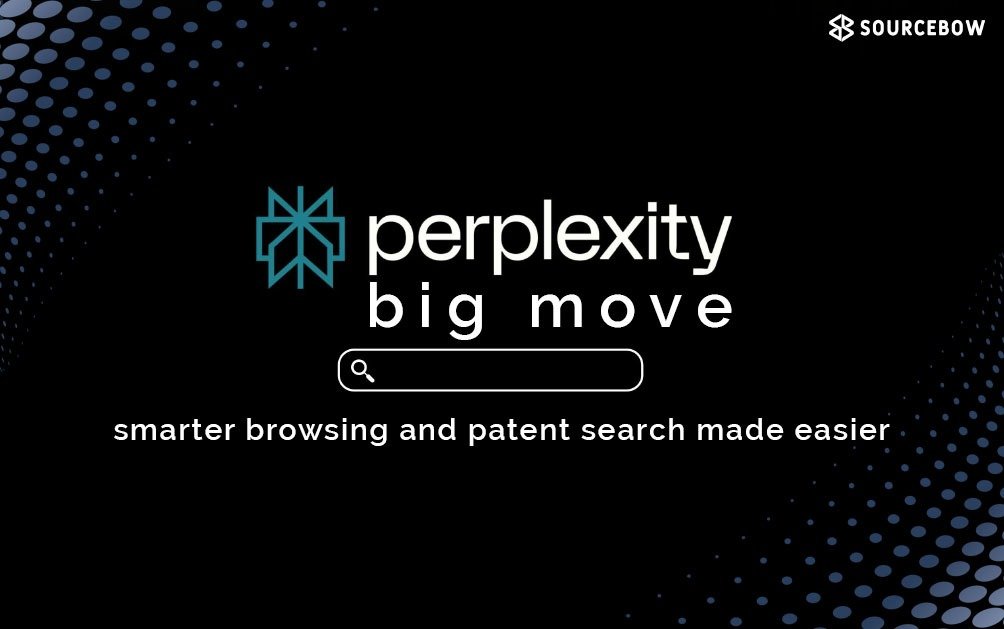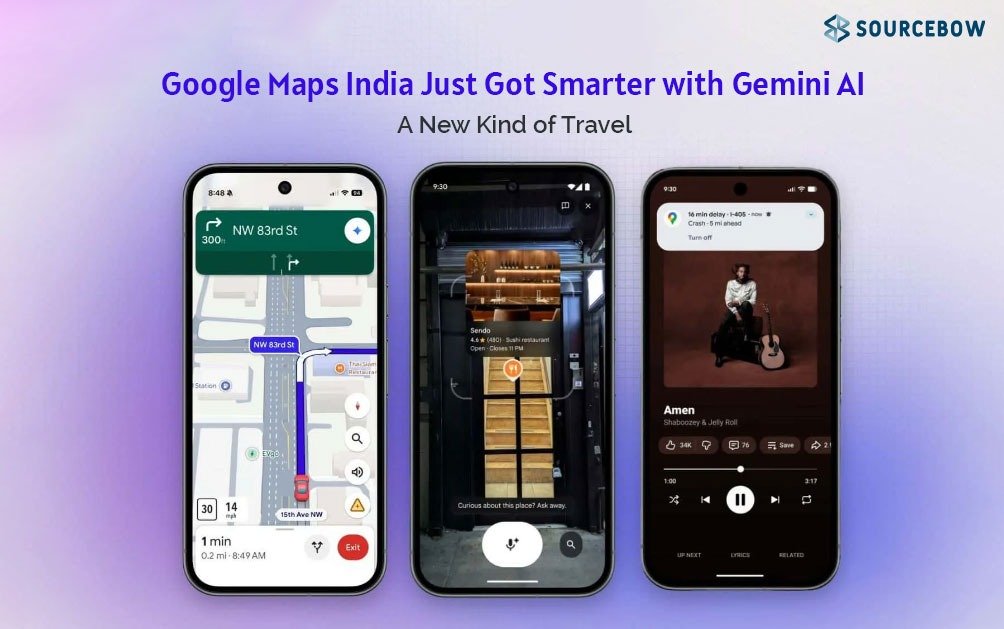Not long ago, Google Gemini made waves with its image editor called Nano Banana. The tool went viral almost instantly, thanks to its ability to handle deep fakes, micro-edits, and other visual tricks. It quickly felt like the new gold standard—something that would be tough to beat.
But only a couple of weeks later, ByteDance, the company best known for TikTok, has released Cadream 4.0. This new AI editor is now stealing the spotlight. Unlike most AI editors, it goes beyond filters and touch-ups. It can perform critical edits, preserve fine details, and even generate brand-new designs with stunning accuracy.
Preserving Style and Consistency
One of the first things you notice with Cadream is how well it maintains style and consistency. For example, if you provide an input image and request different camera angles—like a top-down, elevated, or back view—it delivers each variation while keeping the same details intact.
Logos also don’t throw it off. Feed it a brand logo, and it can instantly create packaging, hats, and business cards in a unified design style. What used to take designers hours can now happen in minutes.
Going Beyond Simple Edits
Cadream 4.0 does much more than touch-ups. It can merge multiple photos, rewrite poster text, or even change a scene’s lighting completely. From turning rough sketches into polished images to swapping a dog’s breed while keeping its pose intact, its versatility is unmatched.
It’s also great at colorizing black-and-white images and transferring styles. Plain text can transform into bronze lettering, knitted textures, or origami folds—while still keeping the original essence intact.
Generating New Images with Real Understanding
Unlike most AI tools that focus on either editing or generating, Cadream feels like both. It doesn’t just edit—it creates. Posters, diagrams, landing pages, even educational infographics are produced with deep contextual understanding.
Where Canva or PowerPoint require manual effort, Cadream outputs ready-to-use visuals in seconds. This isn’t just convenience—it’s disruption.
Testing Character Consistency
Most models fail at character editing, but Cadream excels. Upload two characters, sketch a pose, and request a scene. The results? Consistent armor patterns, colors, and details—even in a completely new pose.
Compared with Nano Banana and GPT-based editors, Cadream maintains accuracy and continuity much better—a massive advantage for artists and storytellers.
Day to Night and Everything in Between
Cadream handles scene transformation brilliantly. Converting a daytime shot into night means more than just darkening—it adjusts lighting, reflections, and even street lamps. Flip it back to daytime with explosions, and it still preserves the original details.
Mastering Perspectives
Perspective changes are notoriously tricky, but Cadream nails them. Whether it’s fisheye or ultra-wide, it keeps the subjects intact without over-distorting the image. Competitors often sacrifice detail, but Cadream respects both the original image and the new angle.
Real-World Testing
One standout test used a Google Maps screenshot. The prompt asked for a wide-angle street view of a building. Cadream generated an image nearly identical to the real street photo—impressive for a model working from satellite data. Nano Banana and GPT both fell short in comparison.
Creative Possibilities That Feel Limitless
Beyond realism, Cadream delivers playful creativity. From mood boards and anime-style flips to restoring old photos and generating handwritten notes, the tool offers variety without losing accuracy.
It’s not flawless—sometimes small inconsistencies or gibberish text slip through—but the overall hit rate is impressive.
Where It Wins and Where It Stumbles
Nano Banana still holds strengths in text clarity and dark-mode transformations. In certain tasks, its literal accuracy can even beat Cadream. But overall, Cadream feels more balanced—keeping style intact, interpreting prompts better, and handling complex edits with fewer compromises.
GPT-based editors often wander too far from the input, making them less reliable for precision tasks.
Final Thoughts
The release of Cadream 4.0 highlights how fast AI editing is evolving. Just weeks after Nano Banana wowed people, Cadream has raised the bar again. From restoring photos to generating full diagrams, it feels like a tool designed for everyday practical use, not just novelty.
It isn’t perfect, but it’s sharper, smarter, and more versatile than the competition. If Nano Banana was our first taste of powerful AI editing, Cadream 4.0 proves we’re only scratching the surface. The gap between human effort and AI output is closing fast—and that’s both exciting and a little scary.





